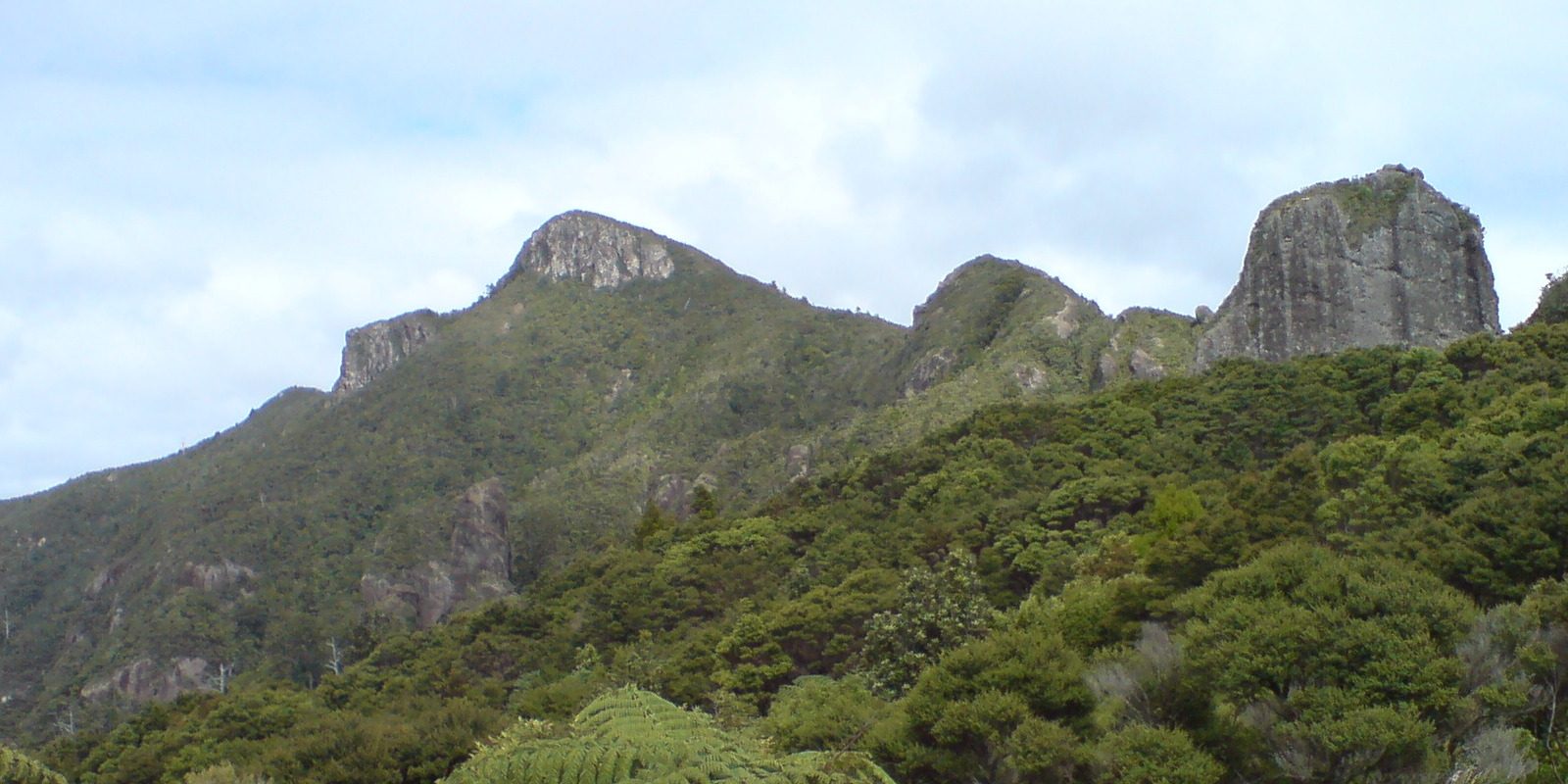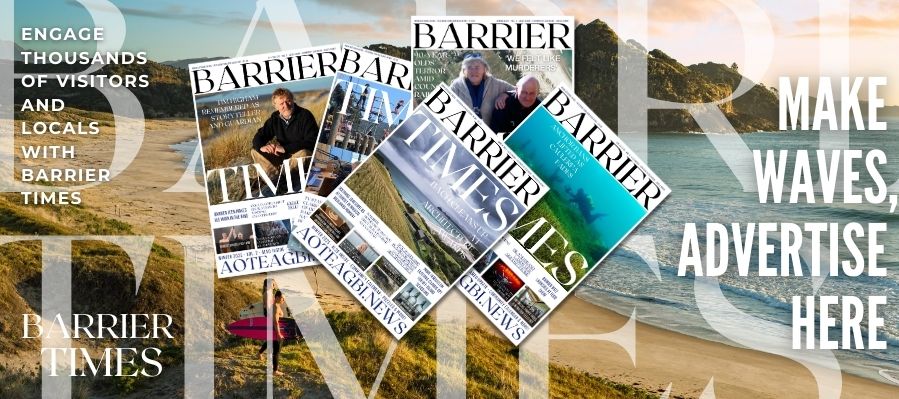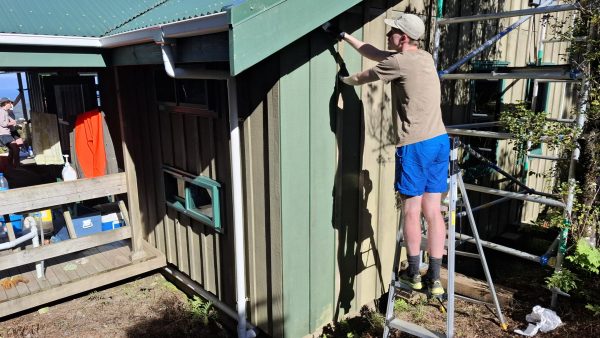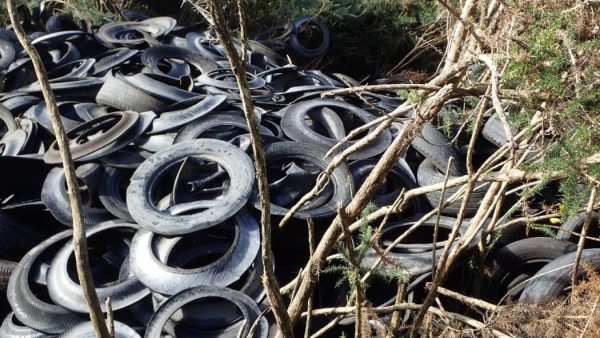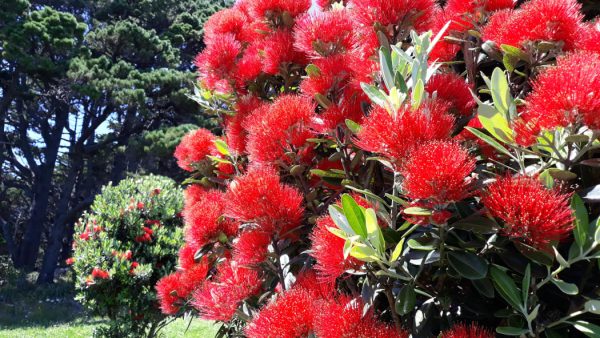Five sites on Great Barrier Island have been brought under new cultural planning controls by Auckland Council, following a vote of its Policy and Planning Committee this month.
The sites—Hirakimatā (Mount Hobson), Komahunga, Korotiti, Poutekorua, and Ruahine—are the first on the island to be added to the council’s Schedule of Sites and Places of Significance to Mana Whenua.
They were nominated by iwi Ngāti Rehua Ngātiwai ki Aotea and have now been formally included in Appendix 2f of the Hauraki Gulf Islands District Plan.
The rules come into force on 8 August and will restrict what landowners can do on or near these locations.
Resource consent will be required for many earthworks, construction projects or subdivisions affecting the newly mapped zones, and iwi consultation may be triggered as part of the approval process.
Council says the move is a positive recognition of cultural values. “Adding these sites to the plan is a way we can help protect their cultural values through shared stewardship,” said councillor Richard Hills, who chairs the committee responsible for the changes.
“Each place is identified for its strong links to notable historic events, occupation and cultural practices.”
The sites on Aotea represent nearly half of all new additions across the region. A map released by the council shows that all five are located in the middle or southern parts of the island.
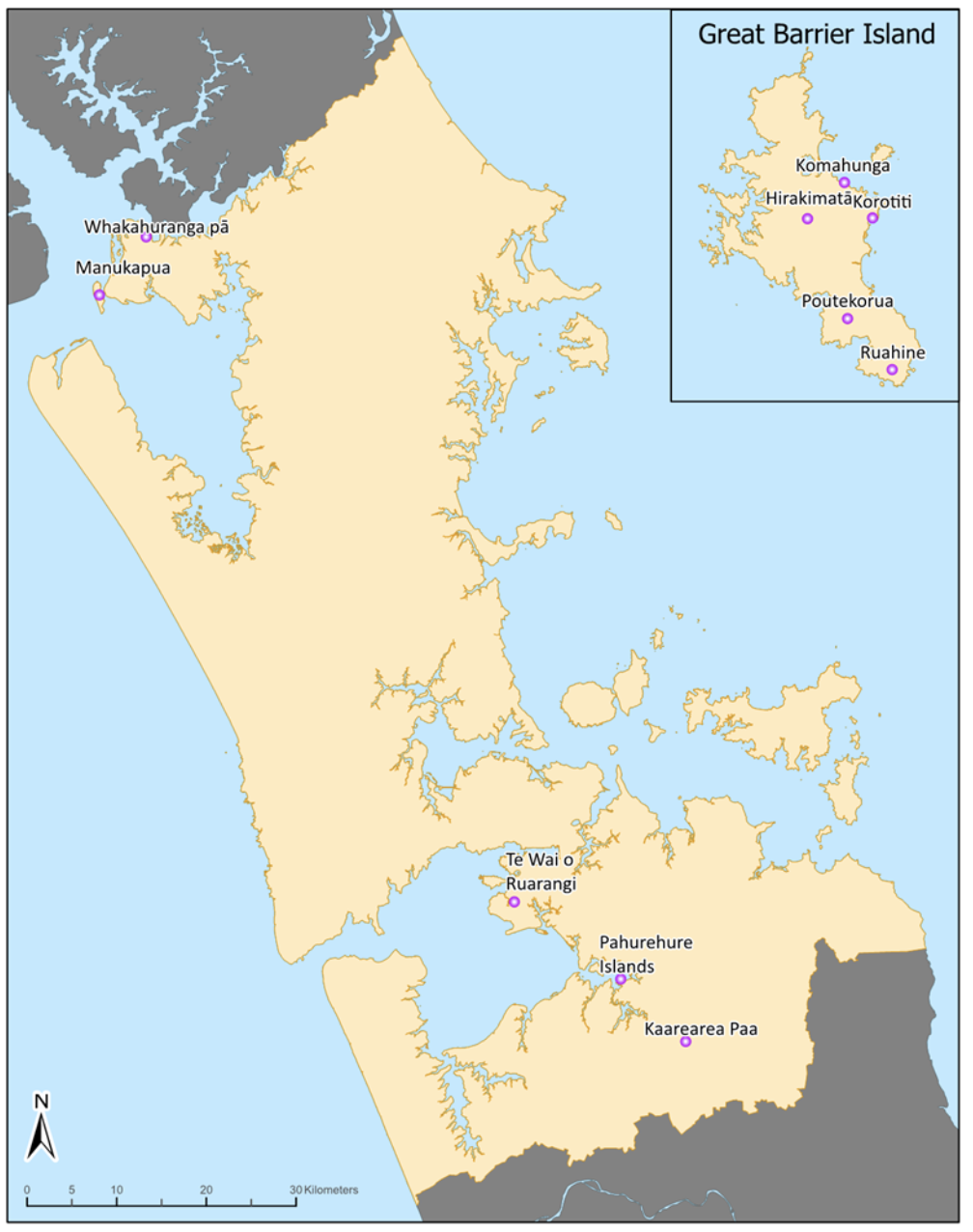
Hills acknowledged that some of the newly scheduled sites were on private land but claimed council had introduced safeguards to ensure properties “can continue to be used in a way that is reasonable and expected.”
It remains unclear what “reasonable” use entails in practice.
The change was made under Plan Modification 15, a statutory instrument enacted under Schedule 1 of the Resource Management Act. Under clause 17(2), a council may make changes to operative plans following a hearings process.
What constitutes a cultural site ranges from burial grounds and former pā to traditional food gathering areas—but can also include places linked to ancestral presence, ritual significance, or spiritual entities such as taniwha. In previous cases across Auckland, scheduled sites have included locations with no physical remains, archaeological evidence, or public access.
The scheduling of these sites comes at a time when the government has signalled its intention to reform the Resource Management Act, with a stated aim of simplifying planning rules and reducing consenting barriers for property owners.
Ministers have reportedly instructed councils to avoid introducing new planning constraints during the transition period.
Despite this, the Planning Committee proceeded with the designations, alongside plans to ban helicopter pads on the Hauraki Gulf Islands.


